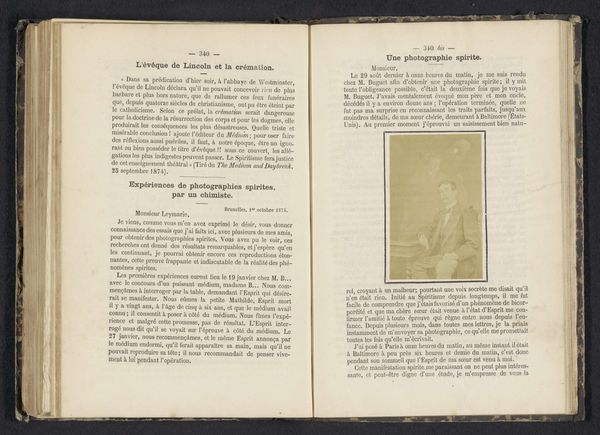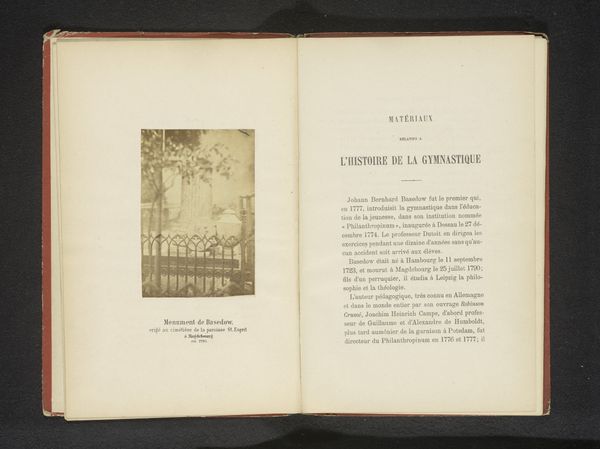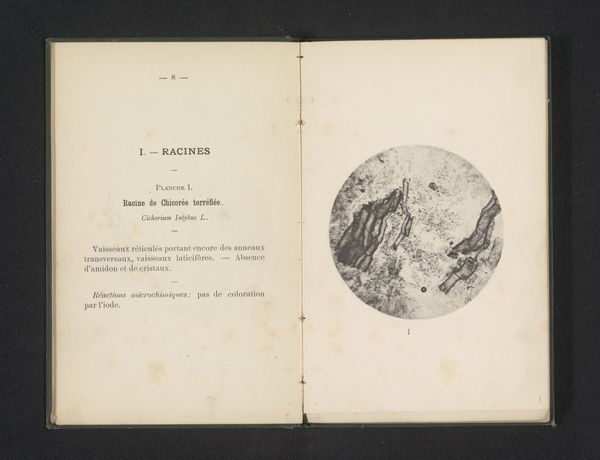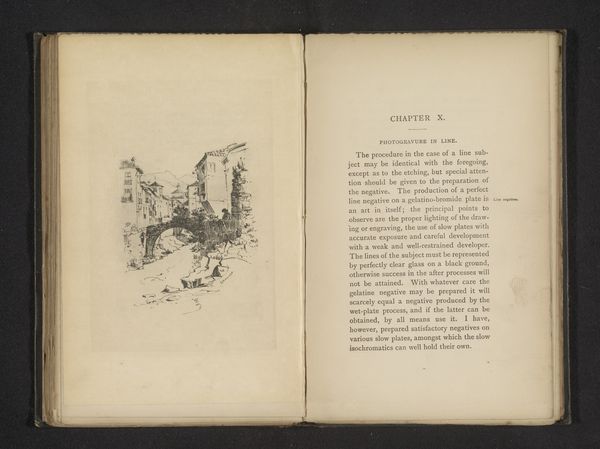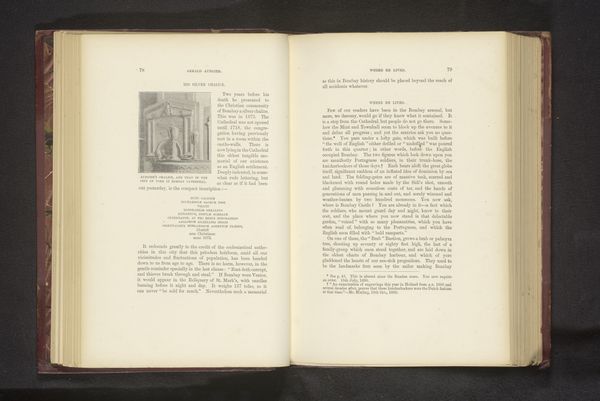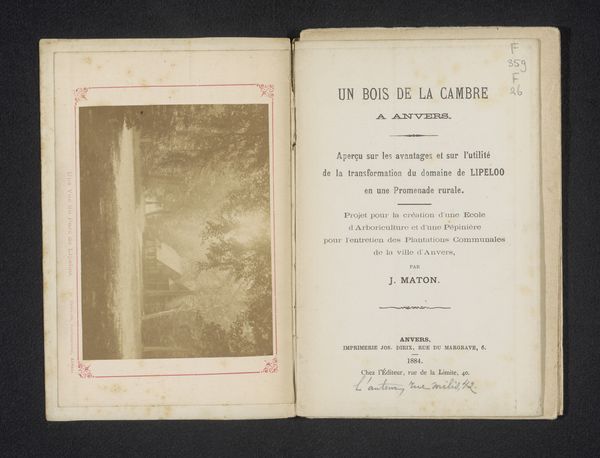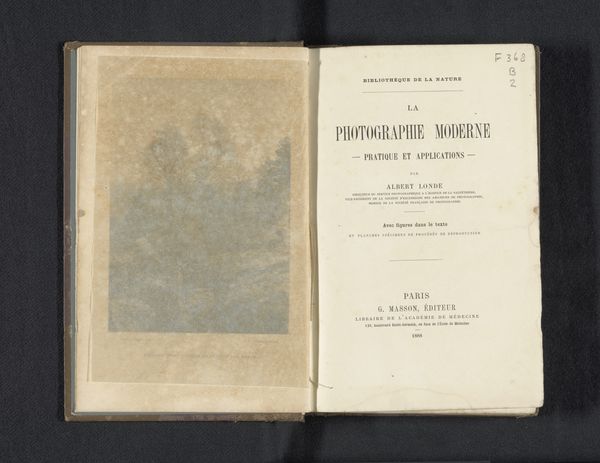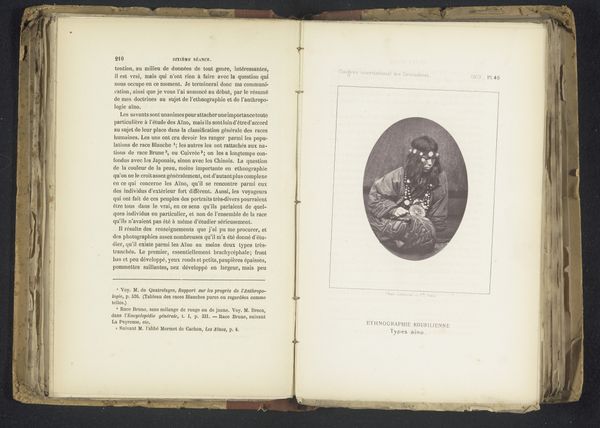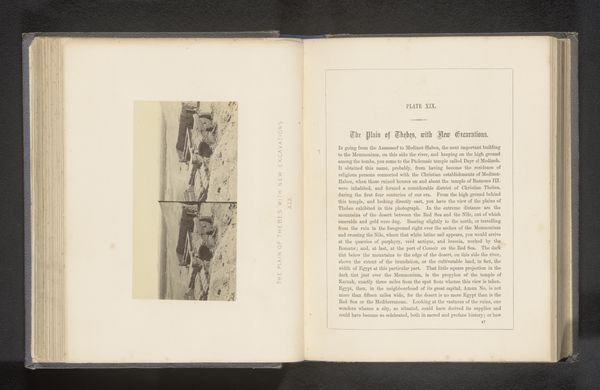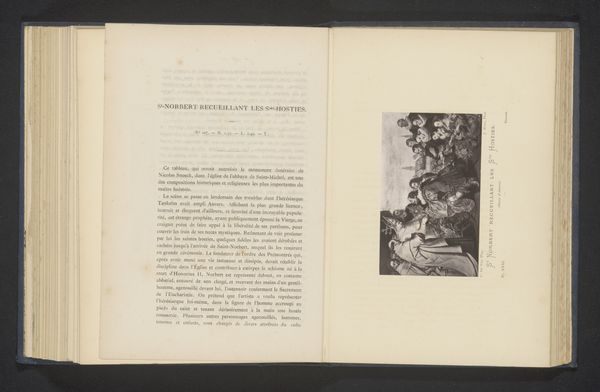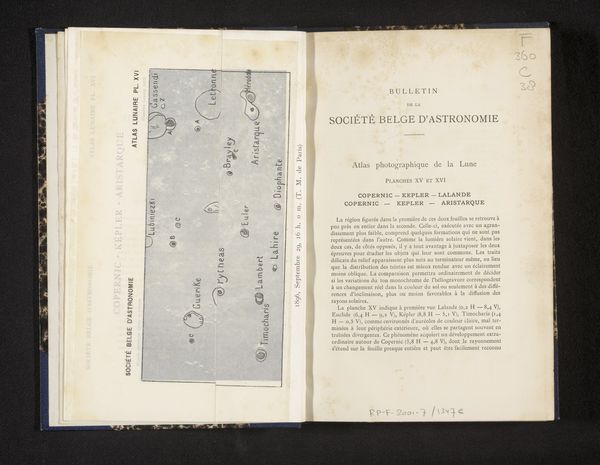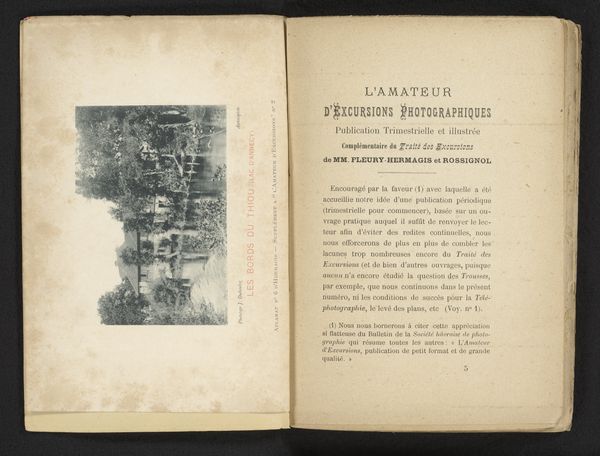
Portret van Pierre-Gattan Leymarie, een onbekende man en de geest van Edouard Poiret before 1874
0:00
0:00
print, photography
#
16_19th-century
# print
#
photography
#
academic-art
Dimensions: height 85 mm, width 54 mm
Copyright: Rijks Museum: Open Domain
Curator: Let’s talk about this… well, this is definitely something. Before 1874, Édouard Isidore Buguet captured this photograph, labeled "Portret van Pierre-Gattan Leymarie, een onbekende man en de geest van Edouard Poiret"—or "Portrait of Pierre-Gattan Leymarie, an unknown man and the spirit of Edouard Poiret.” It's published as a print in a journal called Revue Spirite. What jumps out at you? Editor: It's delightfully unsettling. This wispy, ghostly figure emerging behind what looks like two fairly ordinary gentlemen... it’s the contrast, isn't it? Mundane reality crashing headfirst into the… specter of belief, I suppose? I keep wondering what the sitter thought, seeing this. Curator: Precisely. This piece is part of a broader 19th-century fascination with spiritualism and spirit photography. Buguet was known for these kinds of "spirit portraits," where sitters would supposedly be photographed alongside ethereal figures representing deceased loved ones. Think about the social and cultural context—bereavement, industrialization, anxieties about mortality... It all fed into a desire for tangible proof of the afterlife. Editor: Tangible proof crafted via darkroom manipulation, I imagine? It's intriguing how photography, a technology so closely tied to realism, became a tool for… imagining something beyond the real. This feels like the dawn of a Photoshop of the soul. There’s something terribly earnest in how the spirit has been made to appear. That veiled figure is trying its best, as if following some dreadful stage direction, struggling against what are, clearly, merely gauzes of cheesecloth. Curator: Exactly. The supposed ‘fluidic veil’ around the ghost. Skepticism was rampant, even then. But there's a performance happening on both sides of the camera. The sitter, Leymarie, seemingly in solemn communion, and Buguet himself, playing into—and profiting from—a deep societal need. Editor: It highlights how the very act of portraiture – attempting to capture something essential about a person – could become entangled with grief, hope, and even fraud. We're left peering into the fog, not just of photography’s early days, but into a particular, very human craving for connection. The history behind how our attempts to find closure manifest never fail to fascinate. Curator: Indeed. It's a spectral snapshot, not only capturing what was intended as proof of the afterlife but also the powerful social currents of its time.
Comments
No comments
Be the first to comment and join the conversation on the ultimate creative platform.
